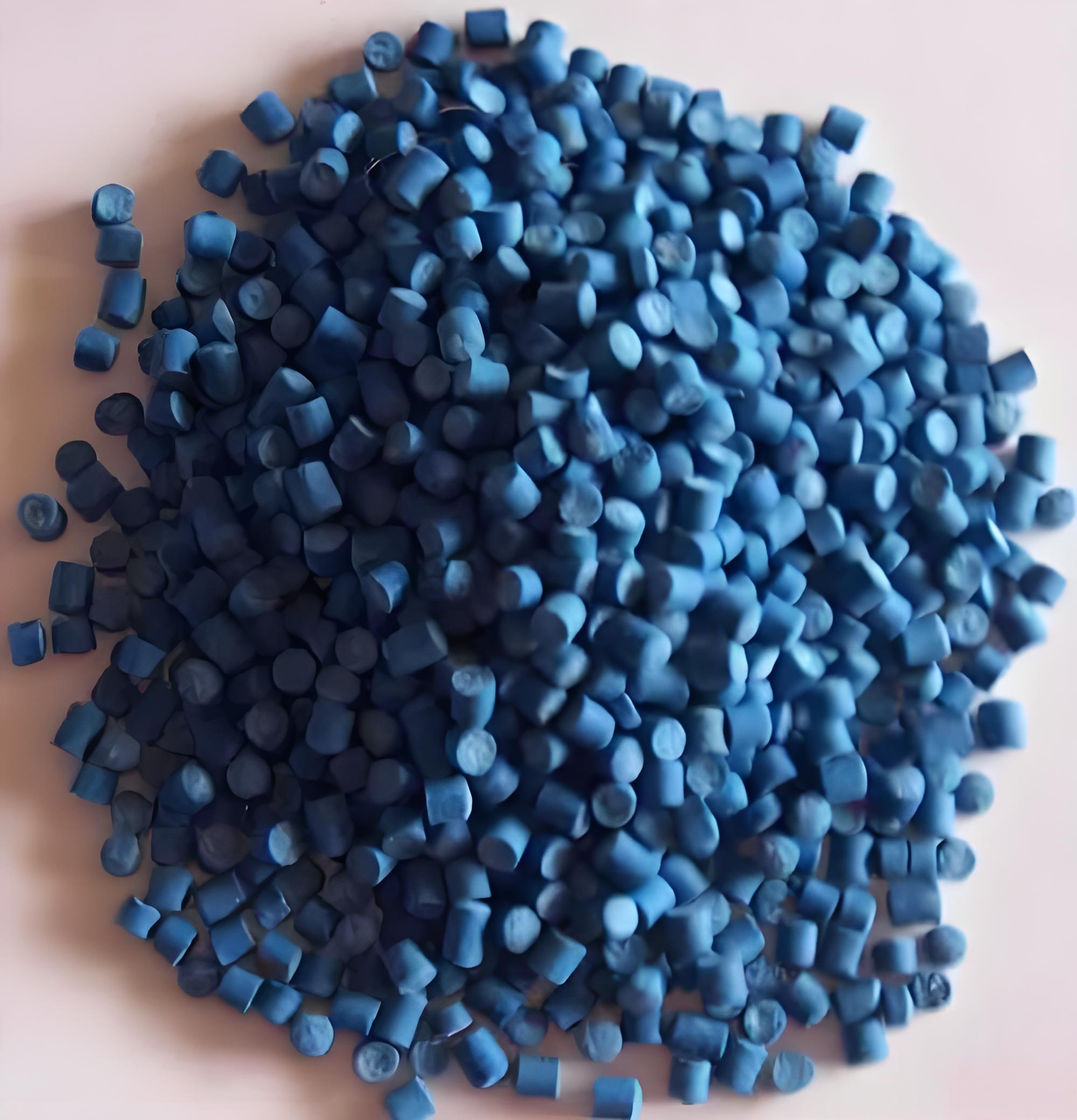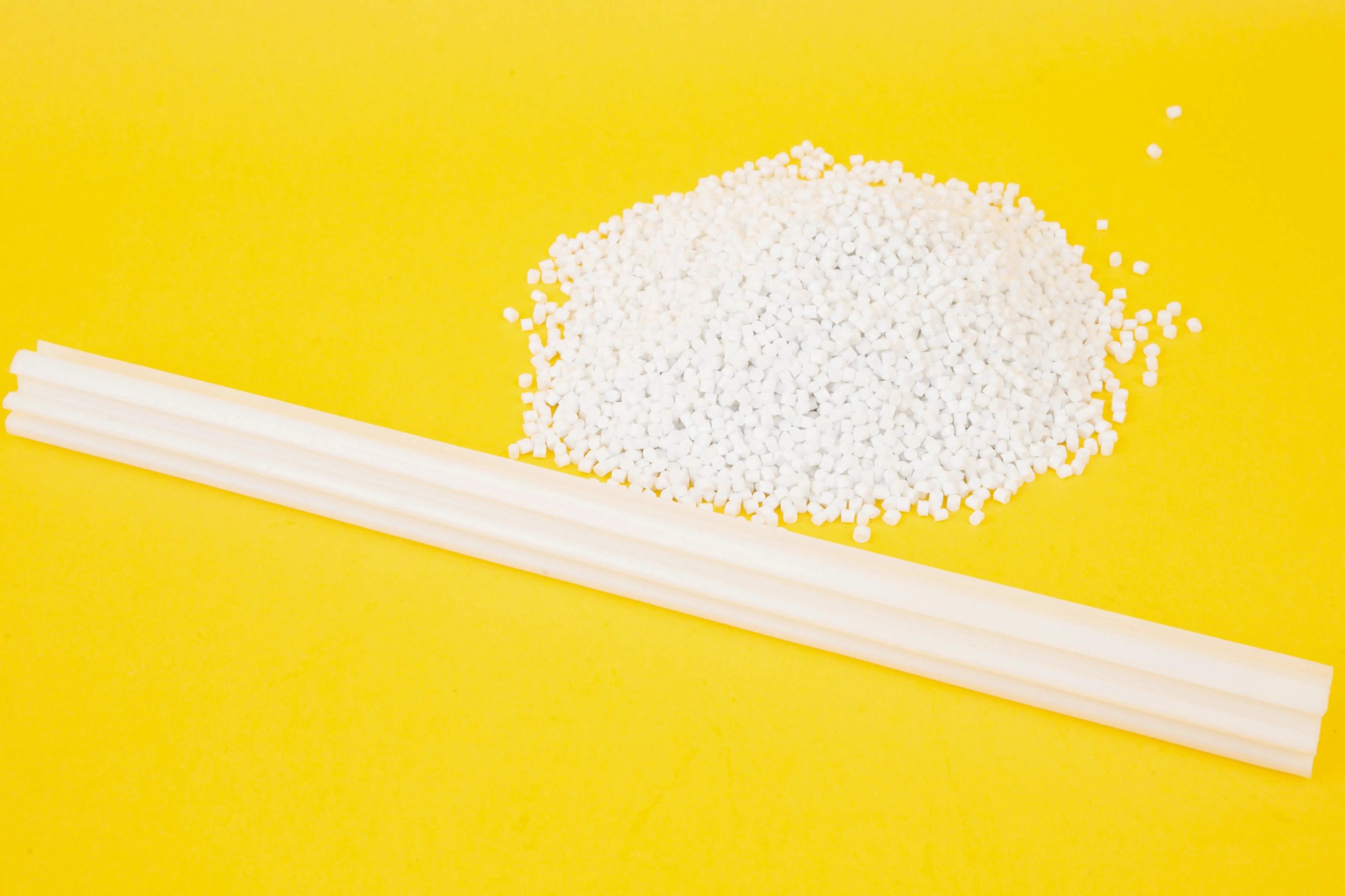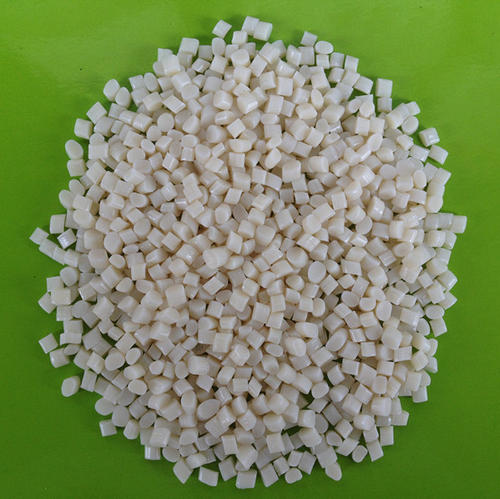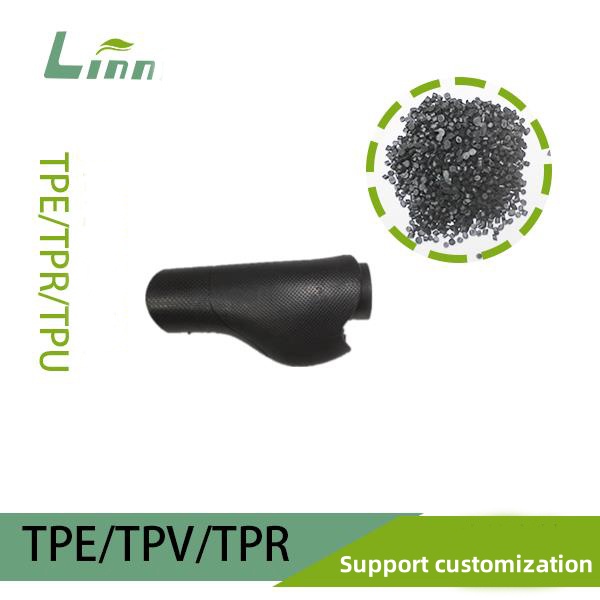In the world of plastic injection molding, TPE (Thermoplastic Elastomer) soft rubber is a popular material due to its flexibility, durability, and ease of processing. However, one common issue that many molders encounter is the bulging at the injection gate. This problem not only affects the appearance of the final product but can also compromise its structural integrity. Having worked in this field for years, I’ve seen my fair share of gate-related challenges. In this article, I’ll share my insights into why bulging occurs at the injection gate of TPE soft rubber and provide practical solutions to help you overcome this issue.

Understanding the Basics of TPE Soft Rubber Injection Molding
Before diving into the causes of gate bulging, it’s essential to have a solid understanding of how TPE soft rubber behaves during the injection molding process. TPE is a thermoplastic material that combines the properties of rubber and plastic. It can be melted and re-molded multiple times without significant degradation, making it an environmentally friendly choice.
During injection molding, TPE is heated to a molten state and then injected into a mold cavity under high pressure. The material fills the cavity, taking on its shape, and then cools and solidifies. The injection gate is the point where the molten material enters the mold cavity, and its design plays a crucial role in the quality of the final product.
Common Causes of Gate Bulging in TPE Soft Rubber
Now, let’s explore the primary reasons why bulging might occur at the injection gate of TPE soft rubber:
1. Gate Design Issues
One of the most common causes of gate bulging is improper gate design. The gate’s size, shape, and location can significantly impact the flow of molten material and the final product’s quality.
Gate Size: If the gate is too large, it can lead to excessive material flow, causing bulging at the gate area. Conversely, a gate that’s too small can restrict the flow, leading to shear heating and degradation of the material, which can also contribute to bulging.
Gate Shape: The shape of the gate influences how the material flows into the mold cavity. A poorly designed gate shape can create turbulence in the molten material, leading to uneven filling and potential bulging.
Gate Location: The position of the gate relative to the mold cavity is crucial. If the gate is placed too close to a thick section of the part, it can cause excessive material accumulation and bulging.
Table 1: Impact of Gate Design on Bulging
| Factor | Effect on Bulging | Recommended Solution |
|---|---|---|
| Gate Size | Too large → Excessive flow → Bulging | Optimize gate size based on material flow and part geometry |
| Gate Shape | Poor design → Turbulence → Uneven filling → Bulging | Use a streamlined gate shape to minimize turbulence |
| Gate Location | Too close to thick section → Material accumulation → Bulging | Position gate away from thick sections or use a runner system to distribute material evenly |
2. Material Properties and Behavior
TPE soft rubber has unique properties that can contribute to gate bulging if not properly accounted for during the molding process.
Viscosity: TPE has a relatively low viscosity compared to other thermoplastics, which means it flows more easily. While this can be advantageous in terms of filling complex mold cavities, it can also lead to excessive flow and bulging at the gate if not controlled.
Shrinkage: TPE undergoes shrinkage as it cools and solidifies. If the shrinkage is not uniform across the part, it can create internal stresses that manifest as bulging at the gate area.
Thermal Stability: TPE can be sensitive to temperature changes. If the material is overheated or held at high temperatures for too long, it can degrade, leading to changes in its flow properties and potential bulging.

Table 2: Material Properties and Their Impact on Bulging
| Property | Effect on Bulging | Recommended Solution |
|---|---|---|
| Viscosity | Low viscosity → Excessive flow → Bulging | Adjust processing parameters to control flow rate |
| Shrinkage | Non-uniform shrinkage → Internal stresses → Bulging | Optimize mold design and cooling system to ensure uniform shrinkage |
| Thermal Stability | Overheating → Degradation → Changes in flow properties → Bulging | Monitor and control processing temperatures carefully |
3. Processing Parameters
The settings used during the injection molding process can have a significant impact on the occurrence of gate bulging.
Injection Speed: A high injection speed can cause the molten material to flow too quickly, leading to turbulence and potential bulging at the gate. Conversely, a low injection speed can result in insufficient filling and shear heating.
Injection Pressure: Excessive injection pressure can force too much material into the mold cavity, causing bulging at the gate. On the other hand, insufficient pressure can lead to incomplete filling and defects.
Mold Temperature: The temperature of the mold can affect how the material cools and solidifies. If the mold is too cold, it can cause the material to solidify too quickly, leading to internal stresses and bulging. If the mold is too hot, it can prolong the cooling time and increase the risk of degradation.
Cooling Time: Inadequate cooling time can result in the material not fully solidifying before ejection, leading to deformation and bulging. Conversely, excessive cooling time can increase cycle times and production costs.
Table 3: Processing Parameters and Their Influence on Bulging
| Parameter | Effect on Bulging | Recommended Solution |
|---|---|---|
| Injection Speed | Too high → Turbulence → Bulging | Adjust injection speed to achieve smooth flow |
| Injection Pressure | Too high → Excessive material flow → Bulging | Optimize injection pressure based on part geometry and material properties |
| Mold Temperature | Too cold → Rapid solidification → Internal stresses → Bulging | Maintain optimal mold temperature for uniform cooling |
| Cooling Time | Inadequate → Incomplete solidification → Deformation → Bulging | Ensure sufficient cooling time for the material to fully solidify |
4. Mold and Equipment Issues
The condition of the mold and the injection molding equipment can also contribute to gate bulging.
Mold Wear: Over time, the mold can wear down, leading to changes in its dimensions and surface finish. This can affect how the material flows into the mold cavity and potentially cause bulging at the gate.

Gate Insert Wear: The gate insert, which is the part of the mold that forms the gate, can also wear down with use. A worn gate insert can create an irregular gate shape, leading to turbulence and bulging.
Equipment Calibration: If the injection molding machine is not properly calibrated, it can lead to inconsistent processing parameters, such as injection speed and pressure, which can contribute to gate bulging.
Table 4: Mold and Equipment Issues and Their Impact on Bulging
| Issue | Effect on Bulging | Recommended Solution |
|---|---|---|
| Mold Wear | Changes in mold dimensions → Affect material flow → Bulging | Regularly inspect and maintain the mold to ensure its integrity |
| Gate Insert Wear | Irregular gate shape → Turbulence → Bulging | Replace worn gate inserts promptly |
| Equipment Calibration | Inconsistent processing parameters → Bulging | Calibrate the injection molding machine regularly to ensure accurate and consistent settings |
Practical Solutions to Prevent Gate Bulging
Now that we’ve explored the common causes of gate bulging in TPE soft rubber, let’s discuss some practical solutions to help you prevent this issue:
1. Optimize Gate Design
Work with a mold designer to optimize the gate size, shape, and location based on the specific requirements of your part and material. Consider using computer-aided engineering (CAE) software to simulate the material flow and identify potential issues before manufacturing the mold.
2. Select the Right Material
Choose a TPE material that is suitable for your application and has the desired properties, such as viscosity, shrinkage, and thermal stability. Consult with material suppliers to understand the behavior of different TPE grades and select the one that best meets your needs.
3. Fine-Tune Processing Parameters
Experiment with different processing parameters, such as injection speed, pressure, mold temperature, and cooling time, to find the optimal settings for your specific part and material. Keep detailed records of your experiments to facilitate troubleshooting and optimization in the future.
4. Maintain Mold and Equipment
Establish a regular maintenance schedule for your mold and injection molding equipment. Inspect the mold for wear and damage, and replace worn components promptly. Calibrate the injection molding machine regularly to ensure accurate and consistent processing parameters.
5. Implement Quality Control Measures
Implement a robust quality control system to monitor the quality of your molded parts. Inspect each part for gate bulging and other defects, and take corrective action if necessary. Use statistical process control (SPC) techniques to identify trends and patterns in your production data and make data-driven decisions to improve quality.

Conclusion
Gate bulging is a common issue in TPE soft rubber injection molding, but it can be prevented and addressed with the right knowledge and approach. By understanding the causes of gate bulging, optimizing gate design, selecting the right material, fine-tuning processing parameters, maintaining mold and equipment, and implementing quality control measures, you can produce high-quality TPE parts with minimal defects.
As an industry insider, I’ve seen firsthand the impact that gate bulging can have on production efficiency and product quality. By following the tips and solutions outlined in this article, you can overcome this challenge and achieve success in your TPE injection molding projects.
Related Q&A
Q: How can I determine the optimal gate size for my TPE part?
A: The optimal gate size depends on several factors, including the part geometry, material properties, and processing parameters. You can use CAE software to simulate the material flow and identify the gate size that provides the best balance between flow rate and filling quality. Additionally, you can consult with mold designers and material suppliers for their recommendations based on their experience with similar parts and materials.
Q: What are some signs that my mold or gate insert is worn and needs replacement?
A: Signs of mold or gate insert wear include changes in part dimensions, surface finish defects, and increased scrap rates. If you notice any of these issues, it’s important to inspect the mold and gate insert for wear and damage. Worn gate inserts may have a rough or irregular surface, and the gate shape may be distorted. Replace worn components promptly to prevent further damage and ensure consistent part quality.
Q: How can I reduce the cooling time for my TPE parts without sacrificing quality?
A: Reducing cooling time can help increase production efficiency, but it’s important to do so without compromising part quality. One approach is to optimize the mold design and cooling system to ensure uniform cooling across the part. This can include using conformal cooling channels, which follow the contour of the part, to improve heat transfer. Additionally, you can experiment with different mold temperatures and cooling media to find the optimal combination for your specific part and material. However, be cautious not to reduce the cooling time too much, as this can lead to incomplete solidification and deformation of the part.





